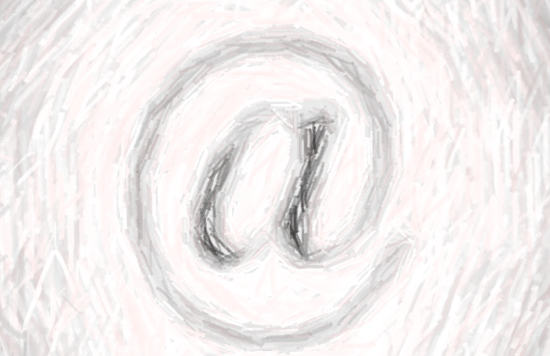
Break the Email Habit
Why Communication Will Soon Look Very Different

When Email Is a Full Time Job
If answering your email feels like a full time job, you’re not alone. The average knowledge worker spends 2-3 hours a day answering email, at a significant cost in productivity to companies. Large companies have tried to address the issue from the top down: Thierry Breton, the head of major French systems integrator ATOS banned all email across the company’s 76,000 employees. Many companies continue the search for alternatives. There have been a host of proposals for what individuals can do to help. The proponents of the Email Charter have drawn up a list of twelve best practices they asked everyone to adopt toward doing away with the common blight of email overload. Among them:- Spare the CC’s: they multiply “like mating bunnies” and clutter everyone’s inbox
- Cut contentless responses: “Thanks for your note” is empty and better left unsent
Email Habits Are Hard To Break
Take brevity, for example: Long-winded explanations, justifications, and even social niceties (“Hi Max. How have you been?”) take valuable time to write and to read. For the most part, a person reading your email just wants to know: What is expected of me right now? Most people are afraid to just get to the point for fear they might seem rude. But as journalist Jordan Crook famously pointed out:“If everyone were to cut out all the niceties, everyone would be a bitch. But if everyone did it, no one would be a bitch. And right now, everyone is a bitch. Email’s bitch.”
Pyrus Can Help
Pyrus was designed with one principle in mind: get items out of your inbox as quickly as possible so you can focus on real work. To that end, some of the basic Pyrus features include:










